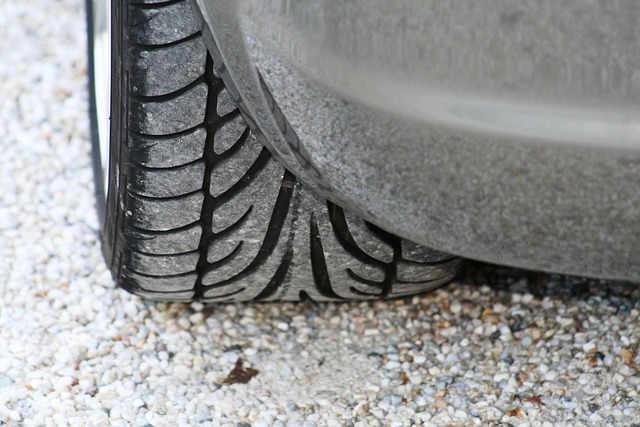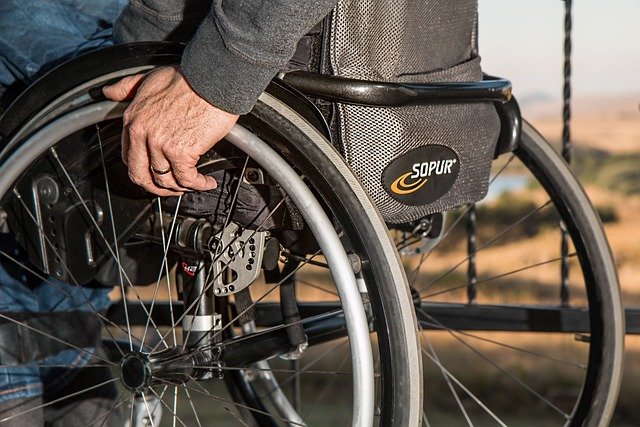Guide to Buying a Second‑Hand Honda CR‑V: Models, Checks, and Costs
The Honda CR‑V has earned a reputation as one of the most dependable compact SUVs on the market, making it a popular choice for families and individuals seeking reliability and practicality. When shopping for a pre‑owned CR‑V, understanding the differences between model years, recognizing potential mechanical concerns, and knowing what to look for during inspections can help you make an informed decision. This guide walks you through the key considerations, from generational changes to realistic pricing expectations, ensuring you find a second‑hand CR‑V that meets your needs and budget.

Purchasing a pre‑owned vehicle requires careful research and attention to detail, especially when investing in a model known for longevity like the Honda CR‑V. This guide provides practical insights into selecting the right generation, identifying common issues, and navigating the buying process with confidence.
Why choose a second‑hand Honda CR‑V?
The Honda CR‑V consistently ranks among the most reliable compact SUVs, offering a blend of comfort, fuel efficiency, and cargo space that appeals to a wide range of drivers. Choosing a second‑hand model allows buyers to access these benefits at a significantly lower price point compared to new vehicles. The CR‑V holds its value well, which means you can often find well‑maintained examples with moderate mileage at reasonable prices. Its reputation for durability means many units remain mechanically sound even after several years of use. Additionally, the availability of parts and widespread familiarity among mechanics make maintenance straightforward and affordable. For families, the spacious interior and safety features across generations provide peace of mind, while solo drivers appreciate the manageable size and excellent visibility.
Model years, trims and generational differences
The Honda CR‑V has evolved through five generations, each bringing improvements in design, technology, and performance. The first generation (1997–2001) introduced the model as a car‑based SUV with a focus on practicality and fuel economy. The second generation (2002–2006) expanded interior space and refined the ride quality. The third generation (2007–2011) featured a more modern design and improved safety ratings, while the fourth generation (2012–2016) introduced more efficient engines and enhanced infotainment systems. The fifth generation (2017–present) brought turbocharged engine options, advanced driver‑assistance features, and a more upscale interior.
Trim levels vary by generation but typically include base LX, mid‑level EX, and top‑tier EX‑L or Touring variants. Higher trims often add features like leather upholstery, navigation systems, sunroofs, and upgraded audio. When selecting a model year, consider your budget and desired features. Older generations offer excellent value but may lack modern technology, while newer models provide advanced safety systems and connectivity at higher prices. Research specific year changes, as mid‑cycle refreshes can introduce significant updates.
Common mechanical issues and reliability notes
While the CR‑V is generally reliable, certain model years and components have known issues. The 2002–2004 models occasionally experienced air conditioning compressor failures, which can be costly to repair. Some 2007–2009 units reported excessive oil consumption, particularly in higher‑mileage examples. The 2010–2011 models had isolated cases of faulty door locks and window regulators. Fourth‑generation CR‑Vs (2012–2016) are largely trouble‑free, though some owners noted premature brake wear.
Fifth‑generation models with the 1.5‑liter turbocharged engine (2017–2019) faced reports of oil dilution in colder climates, though Honda issued software updates to address this. Transmission performance is generally smooth, but earlier automatic transmissions may exhibit delayed shifts if not properly maintained. Suspension components like struts and bushings wear over time, especially in vehicles driven on rough roads. Regular maintenance records are critical when evaluating any used CR‑V, as consistent oil changes and timely repairs significantly extend lifespan.
Pre‑purchase inspection and test‑drive checklist
Before committing to a purchase, conduct a thorough inspection and test drive. Start by examining the exterior for rust, particularly around wheel wells, door edges, and undercarriage. Check panel gaps and paint consistency to identify previous accident repairs. Inspect tires for even wear, which indicates proper alignment and suspension health. Under the hood, look for fluid leaks, corroded battery terminals, and worn belts or hoses. Verify that the engine oil is clean and at the correct level.
During the test drive, listen for unusual noises such as clunks from the suspension, grinding from brakes, or whining from the transmission. Test acceleration, braking, and steering response on various road surfaces. Ensure all electronic features function correctly, including climate control, infotainment, power windows, and locks. Check that the all‑wheel‑drive system engages smoothly if equipped. After the drive, inspect the exhaust for excessive smoke and recheck fluid levels. Request a pre‑purchase inspection from a trusted mechanic to identify hidden issues. Obtain a vehicle history report to confirm mileage accuracy, accident history, and title status.
Pricing, ownership costs and negotiation tips
Pricing for a second‑hand Honda CR‑V varies widely based on model year, mileage, condition, and location. Older first‑ and second‑generation models (1997–2006) typically range from $3,000 to $8,000, depending on condition and mileage. Third‑generation units (2007–2011) generally fall between $8,000 and $14,000. Fourth‑generation CR‑Vs (2012–2016) command $12,000 to $20,000, while fifth‑generation models (2017 and newer) start around $18,000 and can exceed $30,000 for low‑mileage, well‑equipped examples.
Ownership costs include insurance, fuel, maintenance, and repairs. Insurance rates depend on driver history and location but are generally moderate for the CR‑V due to its safety ratings. Fuel economy ranges from 20–24 mpg combined in older models to 28–30 mpg in newer generations. Routine maintenance such as oil changes, tire rotations, and brake service costs approximately $500 to $800 annually. Budget for unexpected repairs, especially in higher‑mileage vehicles.
When negotiating, research comparable listings to establish fair market value. Use any identified issues from inspections as leverage to reduce the asking price. Be prepared to walk away if the seller is inflexible or if the vehicle has significant undisclosed problems. Private sellers may offer lower prices than dealerships but provide less recourse if issues arise. Dealerships often include limited warranties and financing options, which can add value despite higher upfront costs.
| Model Year Range | Typical Price Range | Key Features | Average Annual Maintenance |
|---|---|---|---|
| 1997–2006 | $3,000–$8,000 | Basic reliability, manual options | $600–$900 |
| 2007–2011 | $8,000–$14,000 | Improved safety, more space | $500–$800 |
| 2012–2016 | $12,000–$20,000 | Modern tech, efficient engines | $500–$700 |
| 2017–present | $18,000–$30,000+ | Turbo options, advanced safety | $400–$700 |
Prices, rates, or cost estimates mentioned in this article are based on the latest available information but may change over time. Independent research is advised before making financial decisions.
Buying a second‑hand Honda CR‑V offers excellent value for those seeking a reliable, practical SUV. By understanding generational differences, recognizing common issues, conducting thorough inspections, and negotiating wisely, you can secure a dependable vehicle that serves you well for years. Take your time, research thoroughly, and prioritize maintenance history to ensure a successful purchase.




